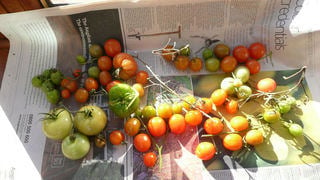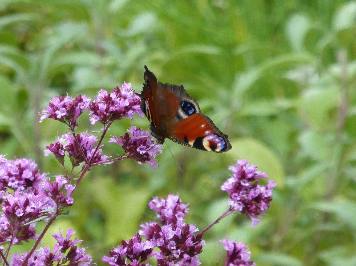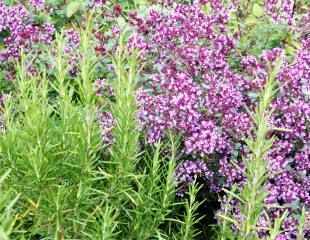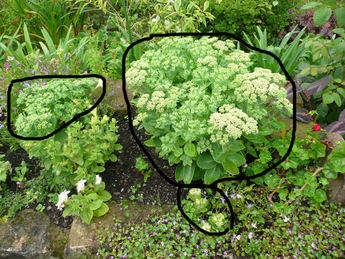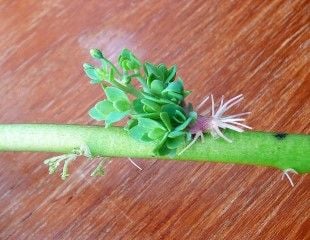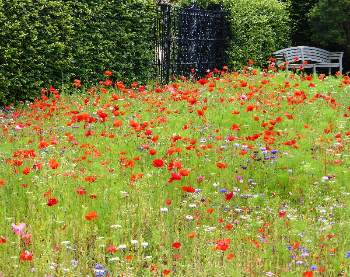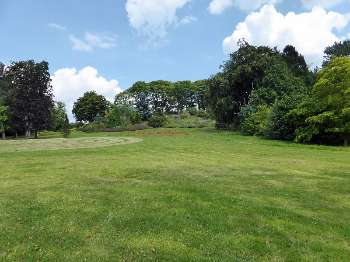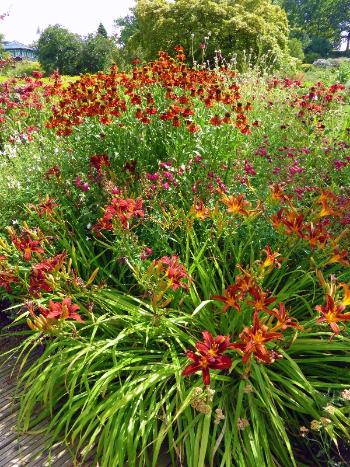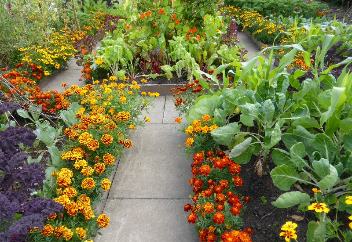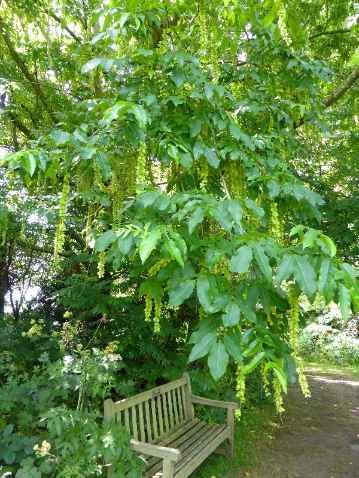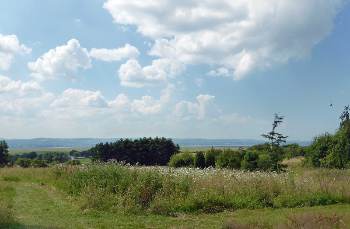|
One of the best Ness Gardens
A visit to Ness gardens is an absolute treat from beginning to end. The garden presents interesting diversity in the different areas, and its size, at 64 acres is good for a long walk. Before setting off around the garden, there is a lovely café which serves tasty home made fresh food and makes a good starting point.
The diversity of Ness gardens means there is something of interest for all tastes and plenty to see. The range of gardens combines the very differing delights of a meticulously laid out Potager with an extensive wild flower meadow. It also has many water features and attractively planted ponds.
There are several sweeping lawns and views including a wooded area, spinney, and an excellent picnic area with a grass maze. As you would expect, there are also herbaceous borders and plenty of flowers to see and smell.
Ness gardens is one of the most interesting and well laid out gardens I have been lucky enough to roam around. It is difficult in a few images to do justice to the gardens; a lovely sight soon after entering the garden are the wild flowers and poppies, image 1. The garden opens up with sweeping lawns fringed with stately mature trees, image 2. Amongst the many water features is a planted waterfall with terraced sides planted in a Mediterranean style.
Some of the large areas of herbaceous planting are shown in image 4 a very colourful combination of Hemerocallis, Helenium and Penstemon. Image 5 shows the meticulous attention to detail in the vegetable area and Potager, great symmetry and colour.
For me, the very best, was the lovely walking area through woods, a spinney and wildflower meadow. These were great places to pause, image 6. The wildlife meadow was more natural than many popular in gardens today which tend to be seeded with lots of wild flowers, much of this was left as nature intended.
This area lay the furthest away from the entrance and we met nobody whilst walking around this wildflower part of Ness. It was a hot and sunny day: the air smelt of warm grass, it was silent apart from the bees and insects and for once we could hear the steady drone of bees. As we walked butterflies tumbled off plants and shrubs flitting around us. It was a country walk through an unspoilt area of spinney and fields, relaxing on the eye and nourishing to the soul. In gardens we often seek to tame plants and nature, in this area, minimal interference created a relaxing, silent enclave perfect for a ramble.
Walking out doors is one of the most popular activities and connecting with nature is rated higher and higher as we realise its value in our busy day to day lives. Taking a day out to walk around Ness represents a real breathing space in a busy week and has so much to recommend it.
Details of Ness Botanical gardens what to see, opening times and child friendly activities for the summer of 2014
|
